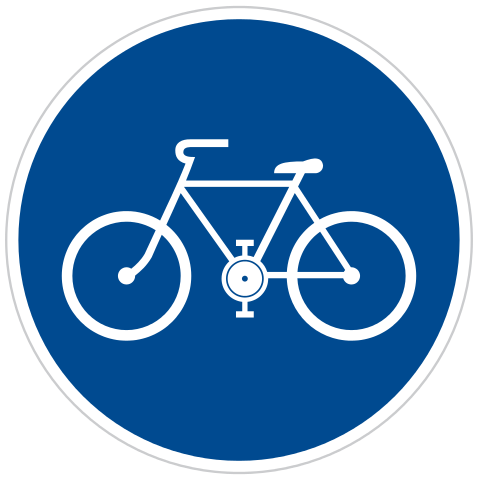What have your towns/cities been doing with their bike infrastructure? It’s pretty lousy that some places are going backwards.
As a sidenote, the Culver City Council can be contacted here.
Article text:
Cycling Increased By 57% In One City After a Bike Lane Was Created. But Now It’s Being Removed.
Culver City Council in Los Angeles voted 3-2 this week to take out bike lanes and reinstall vehicular traffic lanes just two years after the bike lanes were put in.
by Michael Venutolo-Mantovani
A project called Move Culver City was launched in November 2021 with the aim of encouraging biking and walking through the 1.3-mile downtown corridor in the Culver City area. The project claimed traffic lanes along the Washington and Culver Boulevard strips, creating bike and bus lanes in their stead, reducing the lanes for vehicle traffic to one in either direction. The project was met with mixed opinions over the last few years.
And while a report released this month by Move Culver City boasted a 57 percent increasing in cycling along the Washington and Culver Boulevard corridor over pre-pandemic levels, the Culver City Council voted 3-2 earlier this week to end the program, remove the bike lanes, and return the corridor to two lanes of vehicular traffic in each direction “wherever feasible.”
The council’s slim margin seems to reflect the public opinion of locals as, according to a story in the Los Angeles Times, “a survey found that 58% of Culver City residents opposed continuing the program.”
Once the traffic lanes are reinstated, area cyclists will have to share lanes with city busses.
In a recent opinion piece in the LA Times, economic and political sociologist Yotala Oszkay Febres-Cordero argued that the rollback of the program would not just be a loss for those who use the bike lanes but also a “devastating setback for how Angelenos see the future of transportation in our region.”
One of the lasting effects of the COVID-19 pandemic was the bike boom that saw some 200 American cities alter their streets to embrace and encourage bicycling. Beyond our own borders, towns and cities the world over embraced temporary infrastructure to encourage biking over the course of the pandemic. Meanwhile, many others have redefined their streets to make bicycling a more permanent function of their cities.
And though many cities and towns have returned their streets to their pre-pandemic car-focused configurations, several are beginning to take roads back from cars, to embrace a more bike-friendly outlook, and to install permanent bike infrastructure.
The biggest example is Paris, which has famously created permanent bike lane along the Rue de Rivoli, one of the city’s most trodden thoroughfares and one that cuts straight through the heart of town. The move was arguably the most high-profile step in Paris’s endeavor to create a more bike-friendly and less car-reliant city.
An example on the opposite side of the spectrum (and on a more personal level) is my own very small town of Chapel Hill, which reduced its main drag from two lanes of traffic in either direction to one, creating a permanent bike lane running the length of Franklin Street.
Of course, the news we often hear is good. More bikes lanes, more permanent infrastructure, more cities realizing the role bikes can play in a climate-conscious future. Rarely do we hear the opposite, of the removal and reduction of bike lanes. Which is why the Culver City vote, even though it only affects a 1.3-mile stretch of road, is disheartening to say the least.
To quote Ms. Febres-Cordero once again, “Sure, a 1.3-mile corridor is just a 1.3-mile corridor. But it could be so much more.”


The really dumb part is that there are VERY FEW BUSES in Culver City. Like, so few that they absolutely do not need the dedicated bus lanes, which only allow them to make protected turns on like two lights, otherwise they’re stuck in traffic with everyone else. But they can’t remove those…no it’s the bike lanes that need to go.